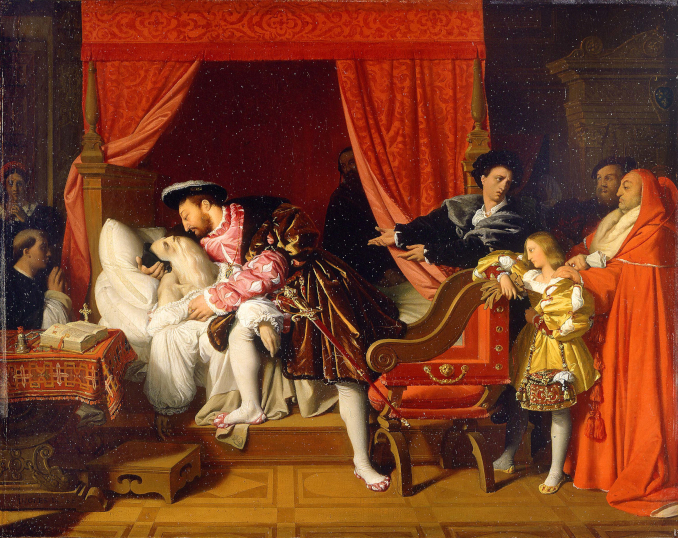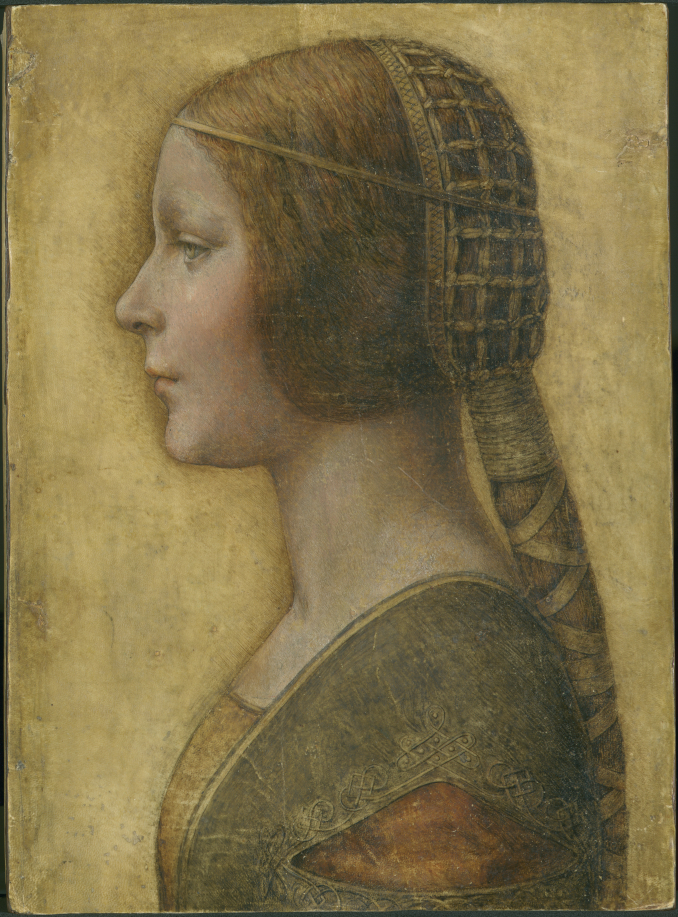
“How many emperors and how many princes have lived and died and no record of them remains, and they only sought to gain dominions and riches in order that their fame might be ever-lasting.” Leonardo da Vinci
By Nina Heyn – Your Culture Scout
May 2, 2019 marks the 500th anniversary of Leonardo da Vinci’s passing. On this day we can remember a man who was considered a decorator, a portraitist and a theater director by his noble patrons, a scientist or an engineer by himself, and an artist, a polymath and an inspiration to us all today. Even if this is an anniversary of his death, so suggestively portrayed by Ingres in the 19th century, today we mainly celebrate his life that keeps inspiring us. He was such an outlier in the age of limited understanding of basic scientific concepts and such an innovative artist that we continue to be fascinated by his mind and achievements.
As a proof of how we can find new things about the artist even 500 years after his passing, please take a look a relatively unknown drawing that was only confirmed to be by Leonardo’s hand in 2011.

Leonardo da Vinci. Portrait of a Young Fiancée or La Bella Principessa. Photo credit: Wikimedia Commons.
This drawing was found at a Christie’s auction by a New York collector Peter Silverman. He failed to win at that auction but fate had that he ran across that drawing again some years later at a Manhattan gallery. This time he managed to purchase what was believed to be a 19th c. German drawing done in a Renaissance style. Silverman’s instinct was telling him this was something else, and he persisted for a long time trying to have the drawing evaluated by experts. Even when Martin Kemp, the Oxford professor who is recognized as the world authority on da Vinci, has supported the Silverman’s hunch, there were as many detractors as supporters. In 2011 Kemp was alerted that the Polish National Library holds an illustrated history of the Sforza family. The book was brought from the Italian city of Bari by Bona Sforza, Ludovico’s grand-niece, who married in 1518 one of the most illustrious kings of Poland. Bona is credited to have brought a cultural change to Poland by having introduced various dishes, vegetables and spices (numerous food names from noodles to tomatoes in Poland have Italian origin), as well as Renaissance fashion, Italian art and architecture. On closer examination, the book which is called the Warsaw Sforziad, was found to miss precisely the one illustration that matched Silverman’s drawing. Kemp became convinced that the drawing was by da Vinci and that it portrayed Bianca Sforza, Ludovico’s daughter. Most of the experts agree with him by now, and this is such a perfect story of how there are still mysteries to Leonardo’s legacy even today.
Check It Out!
